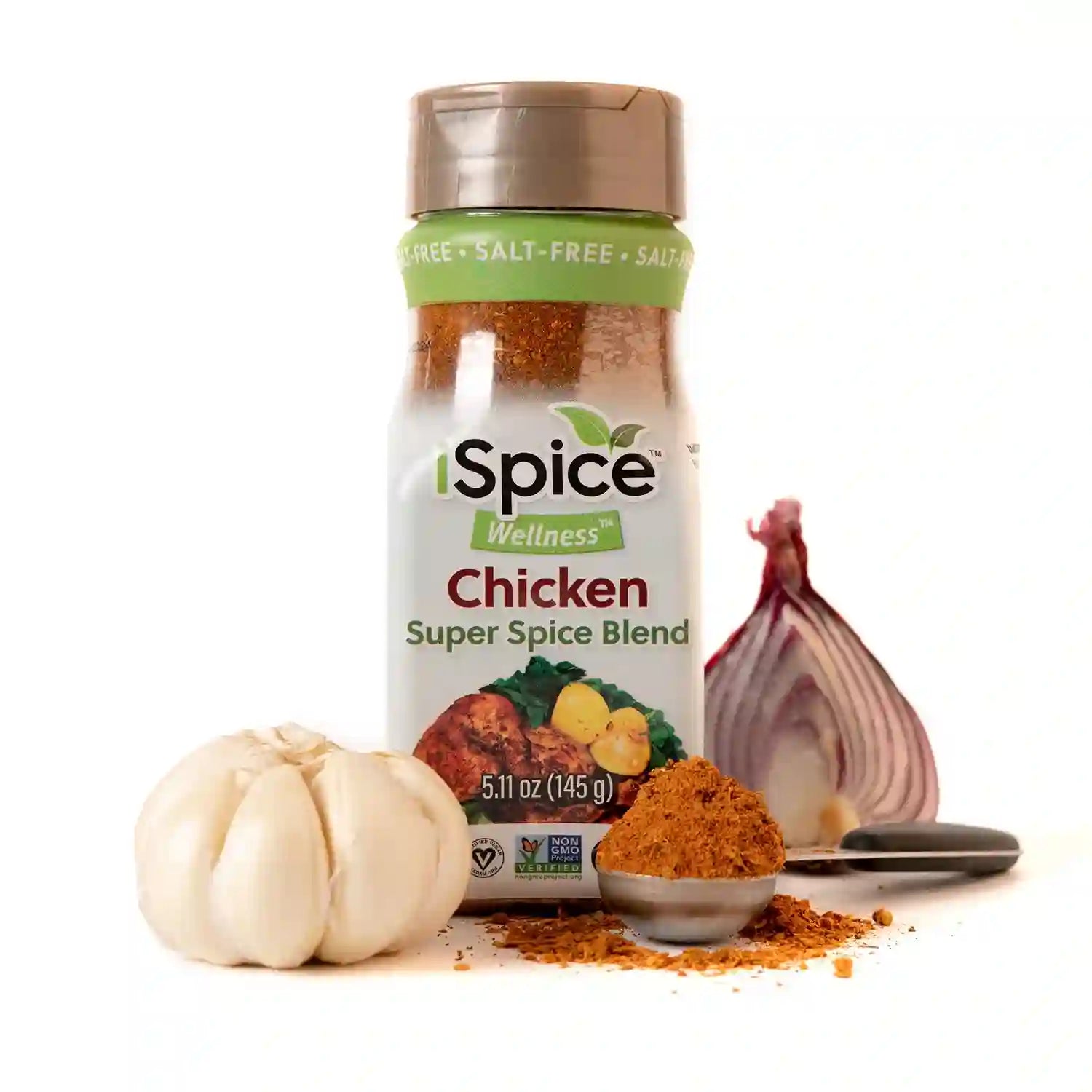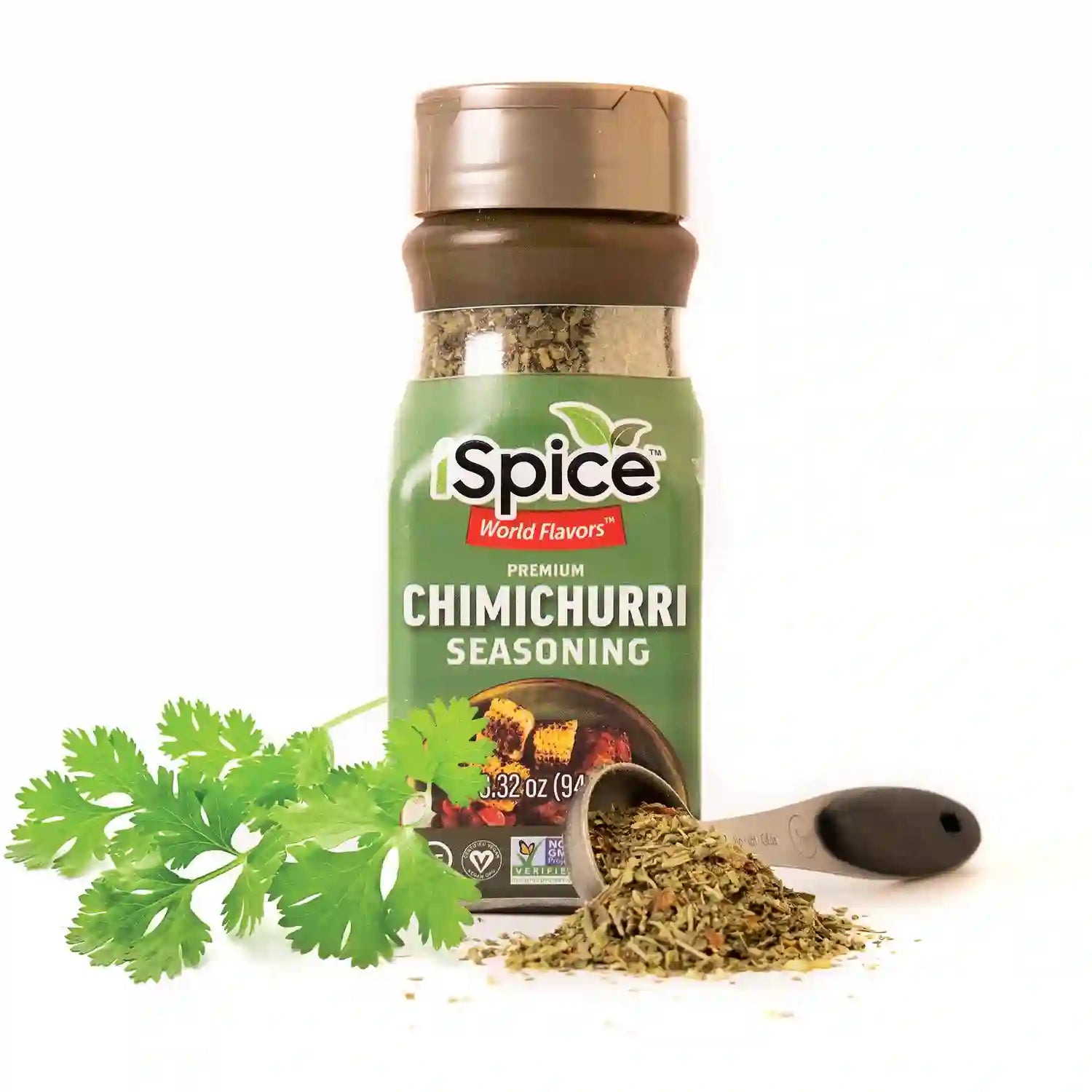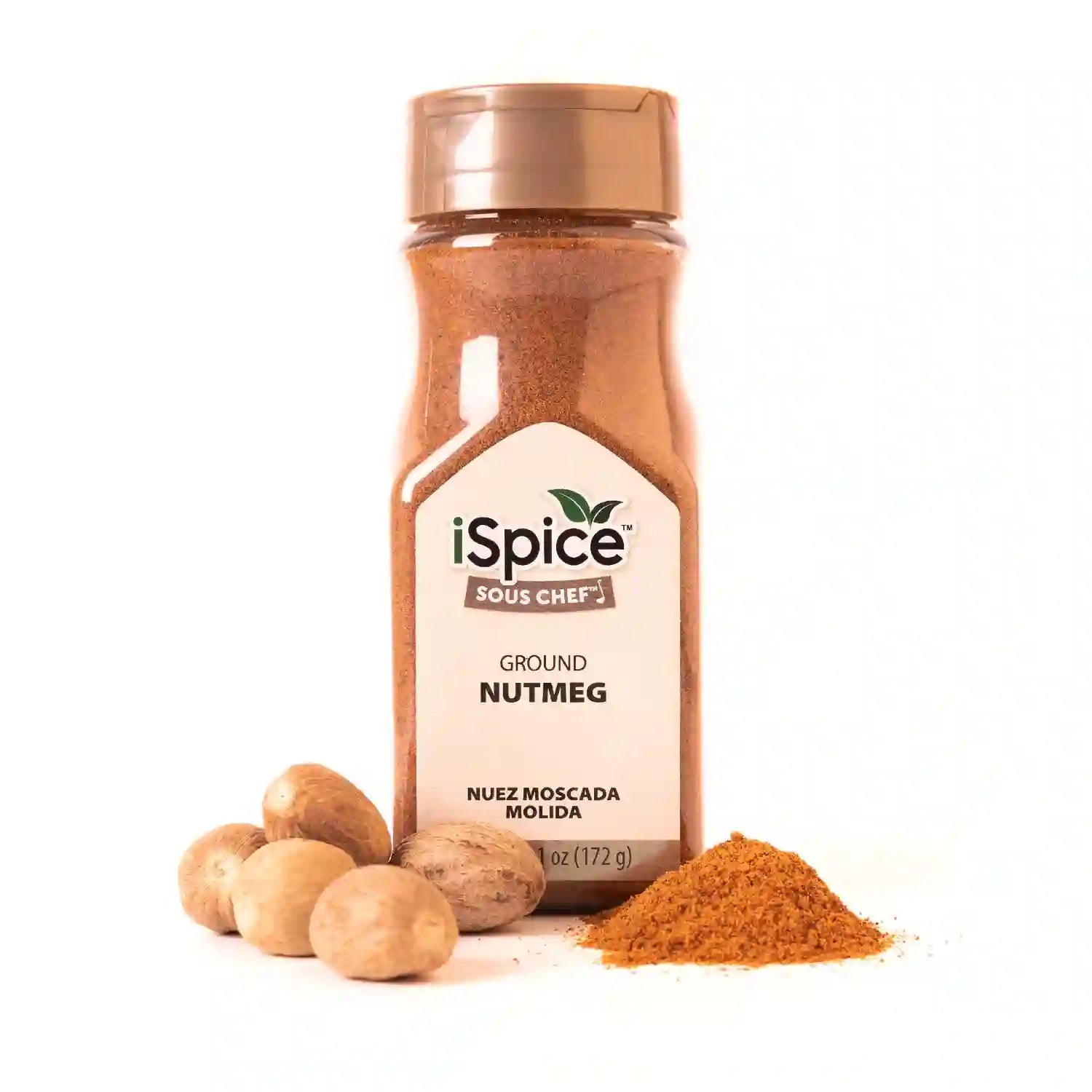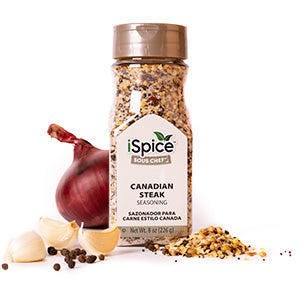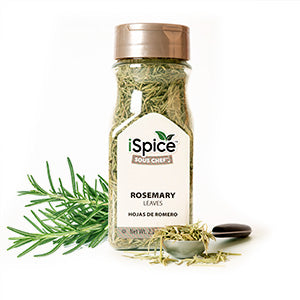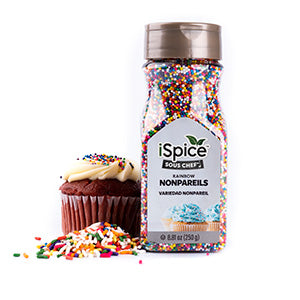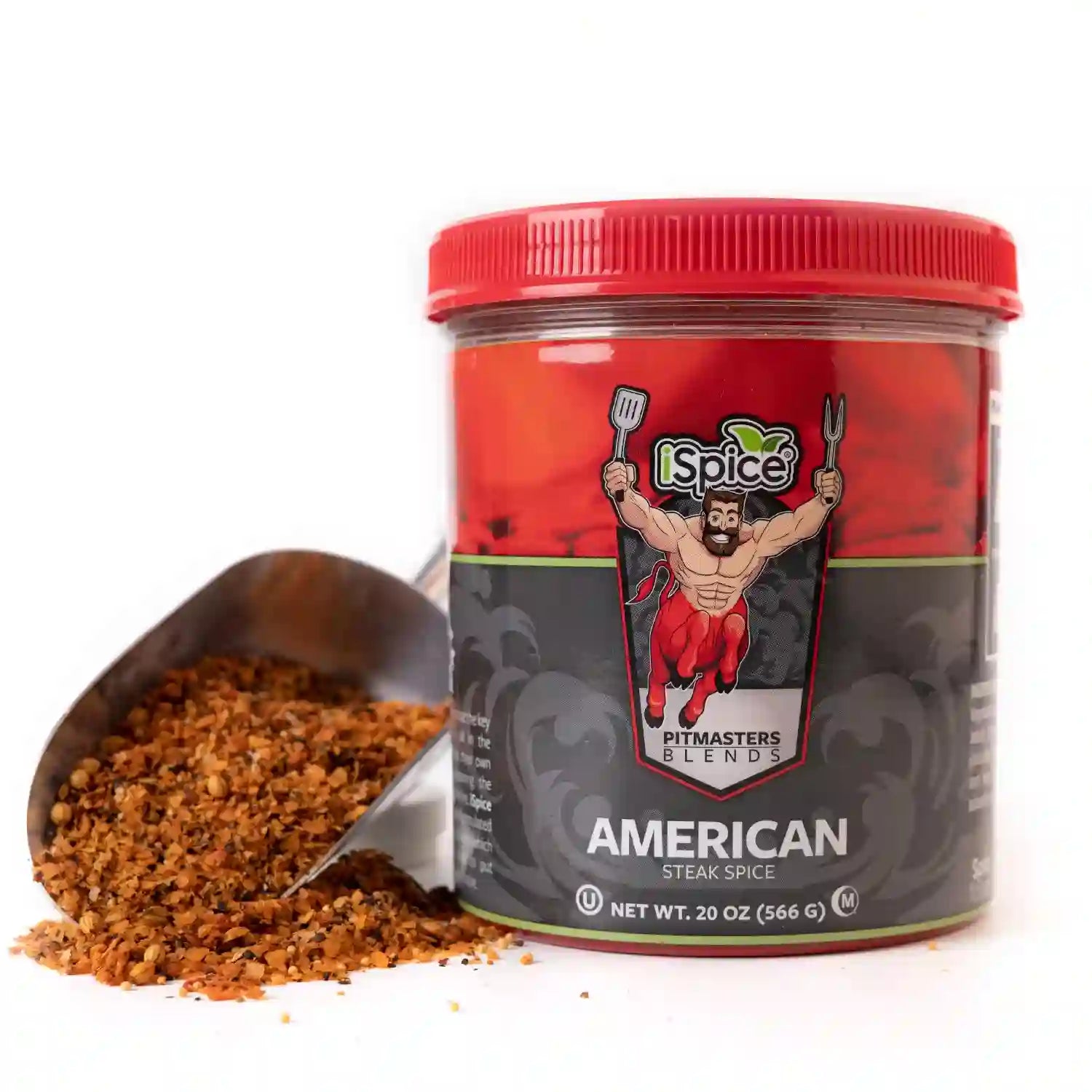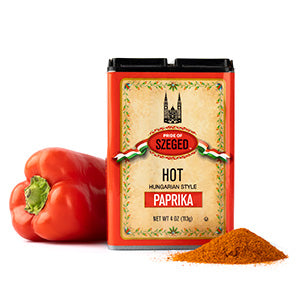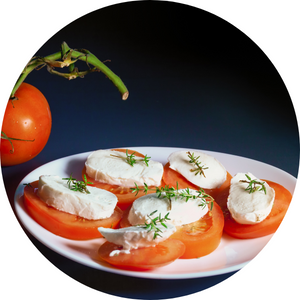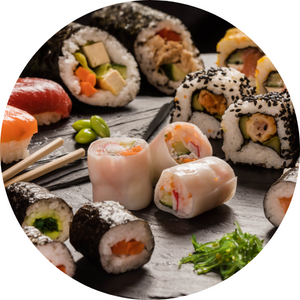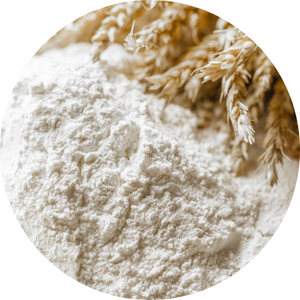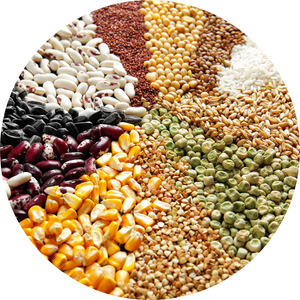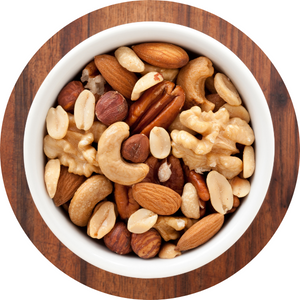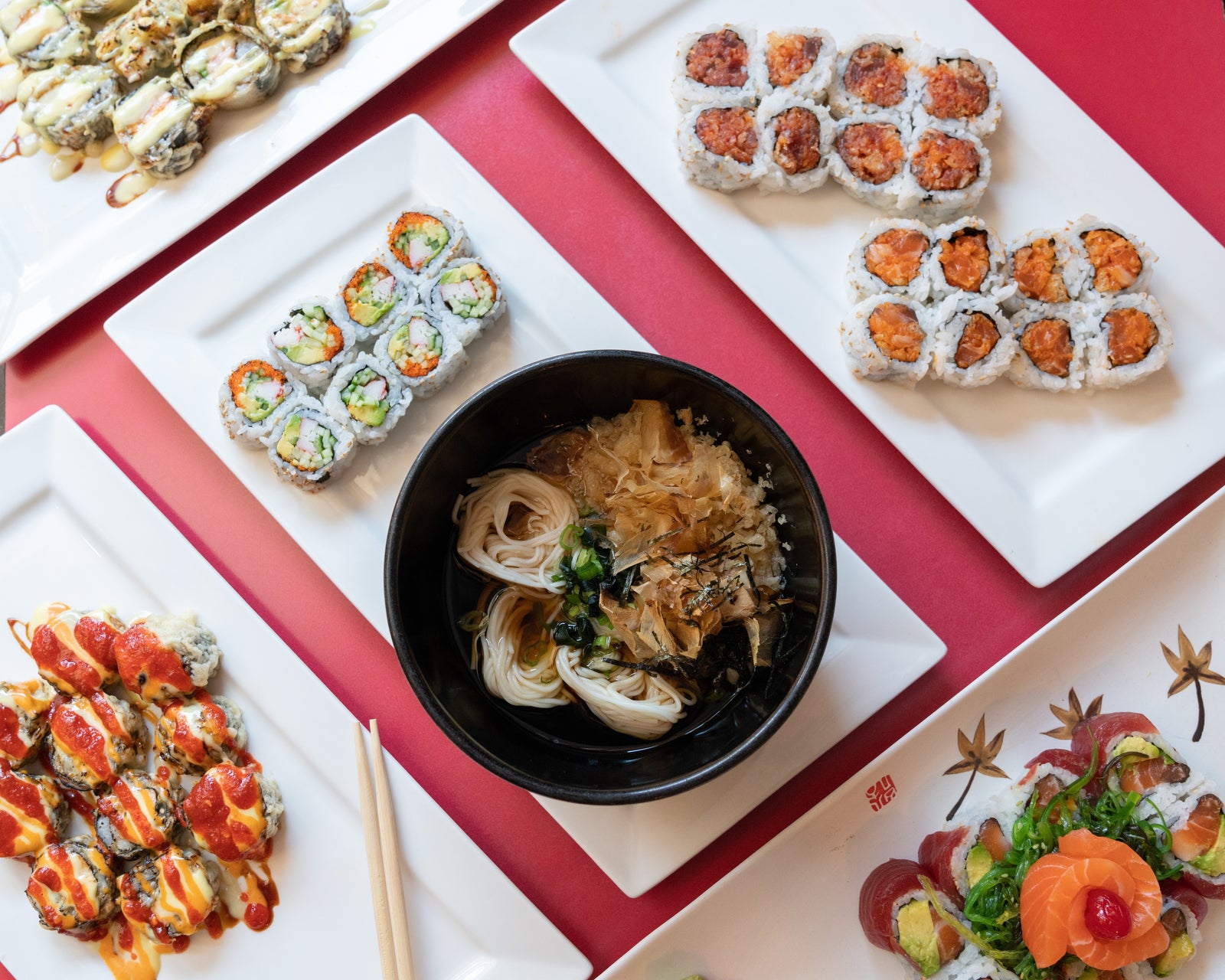
Introduction
If you're a lover of Japanese cuisine, chances are you've encountered the fiery green paste known as Wasabi. This pungent condiment adds a burst of flavor and heat to various dishes, enhancing the culinary experience. But there's more to Wasabi than just its intense taste. In this article, we'll take a deep dive into the world of Wasabi: The Pungent Green Paste of Japan. From its origins and cultivation to its health benefits and culinary applications, we'll cover it all. So, buckle up and get ready for a flavorful journey!
A Brief History of Wasabi
The story of Wasabi dates back hundreds of years, and its origin can be traced to Japan. This unique plant, also known as "Japanese horseradish," thrives in cool, shady mountain streams, making Japan's mountainous regions ideal for its cultivation. Ancient Japanese people discovered its potent flavor and began using it as a condiment to complement their dishes. With time, the popularity of Wasabi grew beyond Japan's borders, and today, it's savored by people all around the world.
Cultivation of Wasabi
The Perfect Growing Conditions
Wasabi is notoriously challenging to grow due to its specific environmental requirements. It thrives in cool temperatures with an average temperature range of 8 to 20 degrees Celsius (46 to 68 degrees Fahrenheit). Additionally, it demands constant access to fresh, flowing water, preferably from mountain streams. These unique conditions contribute to the distinct flavor and aroma of high-quality Wasabi.
Traditional vs. Modern Cultivation Methods
Traditionally, Wasabi was cultivated in natural riverbeds, allowing it to absorb nutrients from the rich soil and cold, mineral-rich waters. However, due to environmental concerns and increasing demand, modern cultivation methods have been introduced. Today, some Wasabi is grown in carefully managed farms using hydroponic systems, providing the plant with a controlled environment that mimics its natural habitat.
The Anatomy of Wasabi
To truly appreciate the complexity of Wasabi, let's break down its anatomy:
The Rhizome: The Heart of Wasabi
The part of the plant that we know as "Wasabi" is actually the rhizome, a horizontal stem that grows underground. This is the most prized part of the plant as it contains the signature pungent flavor. When grated, the rhizome releases a compound called allyl isothiocyanate, which gives Wasabi its distinct heat.
Leaves and Stems: Not Just Garnish
While the rhizome takes center stage, the leaves and stems of the Wasabi plant are also edible and pack a milder heat compared to the rhizome. They are often used in salads or as a garnish to add a touch of Wasabi's unique flavor to various dishes.
Culinary Uses of Wasabi
Wasabi is an essential component of traditional Japanese cuisine, but its applications are not limited to that alone. Here are some popular culinary uses of Wasabi:
Sushi and Sashimi
When you think of Wasabi, your mind likely jumps to the classic combination of sushi and Wasabi. Its fiery kick pairs perfectly with the delicate flavors of raw fish, enhancing the overall taste.
Wasabi Paste
The most common form of Wasabi available is the green paste. Made by grating the rhizome, this paste is versatile and can be used to season various dishes, from noodles to grilled meats.
Wasabi Peas
For those who crave a crunchy and spicy snack, Wasabi peas are the answer. These addictive treats combine the heat of Wasabi with the satisfying crunch of roasted peas.
Salad Dressings and Sauces
Chefs worldwide have started incorporating Wasabi into their salad dressings and sauces, adding a zingy twist to classic recipes.
Wasabi Mayonnaise
Wasabi-infused mayonnaise is a delightful condiment that pairs perfectly with sandwiches, burgers, and even as a dipping sauce for fries.
Health Benefits of Wasabi
Wasabi not only tantalizes our taste buds but also offers various health benefits:
Rich in Antioxidants
Wasabi contains compounds like isothiocyanates and vitamin C, which act as potent antioxidants, protecting our cells from damage caused by free radicals.
Anti-Inflammatory Properties
Studies have suggested that Wasabi possesses anti-inflammatory properties, which can help reduce inflammation in the body and alleviate certain conditions.
Aids Digestion
Traditionally, Wasabi has been used to aid digestion due to its ability to stimulate the production of digestive enzymes, promoting better digestion.
FAQs
-
Q: What Makes Wasabi Green? A: The green color of Wasabi comes from chlorophyll, the pigment responsible for the green coloration in plants.
-
Q: Is Wasabi Spicier Than Chili Peppers? A: Yes, Wasabi's spiciness is different from chili peppers. While chili peppers produce a burning sensation, Wasabi's heat is more concentrated in the nasal passages.
-
Q: Can Wasabi Be Grown Outside Japan? A: Yes, it is possible to cultivate Wasabi outside Japan, but it requires specific environmental conditions, making it a challenging endeavor.
-
Q: Does Wasabi Lose Its Flavor Over Time? A: Yes, Wasabi's flavor diminishes quickly once it's grated. For the best taste, it's recommended to consume it immediately.
-
Q: Can Wasabi Help Clear Sinuses? A: Yes, the heat from Wasabi can cause a temporary sensation of clearing the sinuses, but it's not a cure for congestion.
-
Q: Is Wasabi Safe to Consume? A: Yes, Wasabi is generally safe to eat. However, it's essential to moderate consumption due to its intense flavor.
Conclusion
Wasabi: The Pungent Green Paste of Japan is more than just a fiery condiment – it's a symbol of Japanese culinary tradition and innovation. From its fascinating history and cultivation to its diverse culinary uses and health benefits, Wasabi continues to captivate the taste buds of people worldwide. Whether you're a seasoned sushi enthusiast or a curious foodie, incorporating Wasabi into your culinary journey is sure to be a flavorful and rewarding experience.
So, the next time you savor that dollop of Wasabi on your sushi roll, take a moment to appreciate the rich heritage and complex flavors that this pungent green paste brings to your plate.
Alert: While spices can have many beneficial properties for health, using them for medical purposes should be done under the guidance and supervision of a healthcare professional or specialist. Some spices may interact with medications or cause adverse reactions in certain individuals, and it is important to use them safely and appropriately. If you are considering using spices for a medical condition, it is important to consult with a healthcare professional before doing so.

